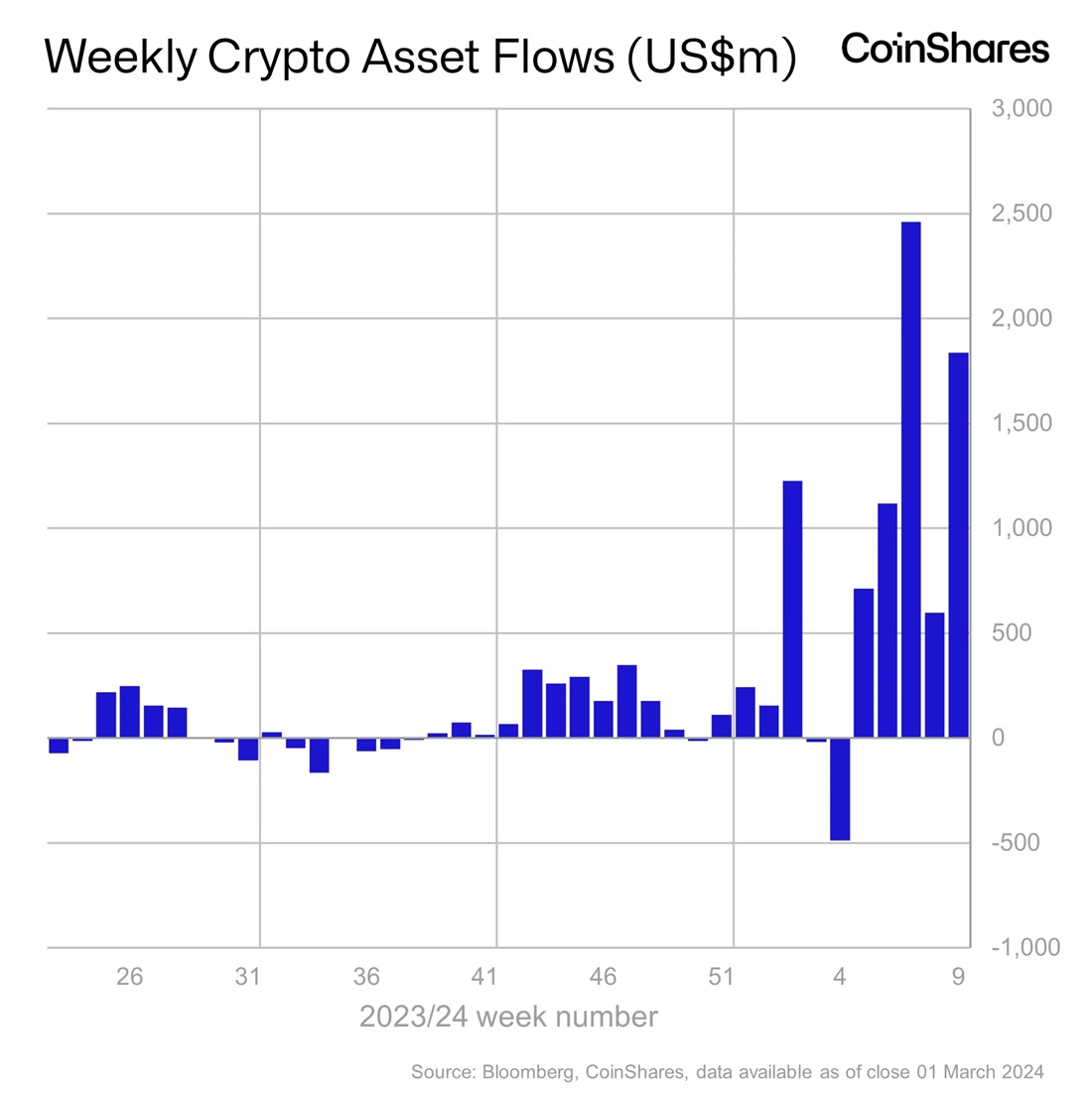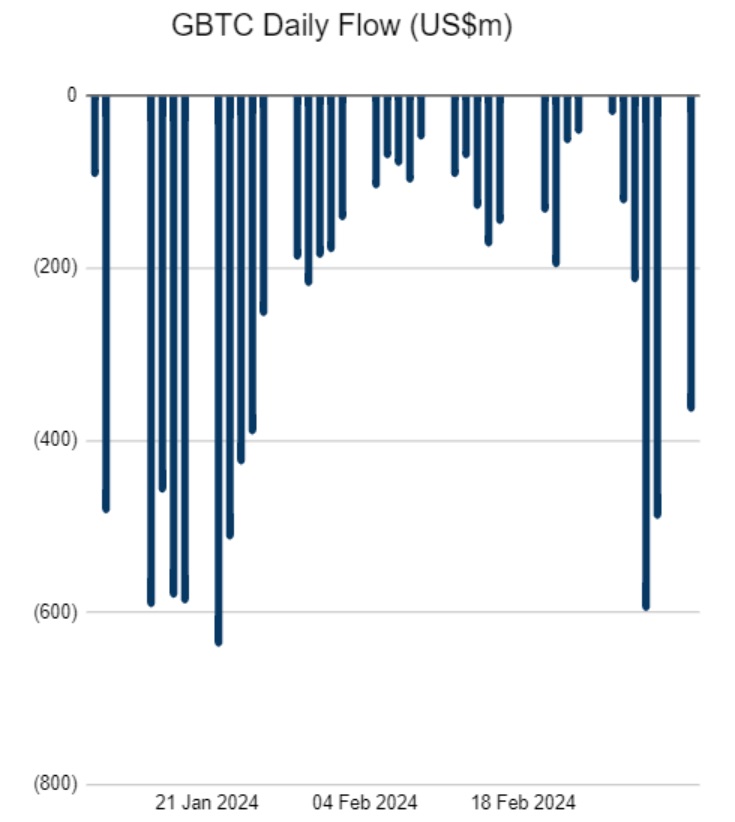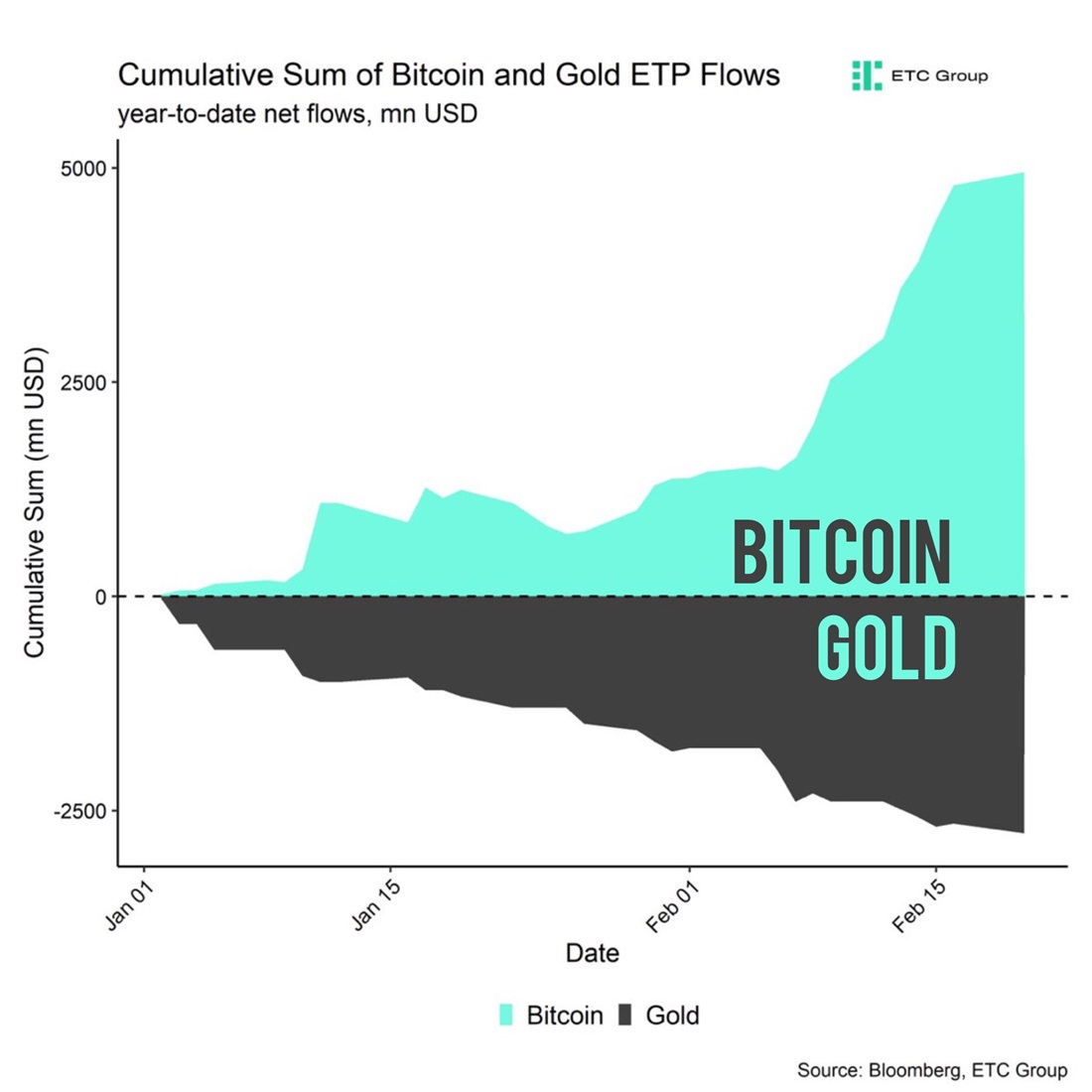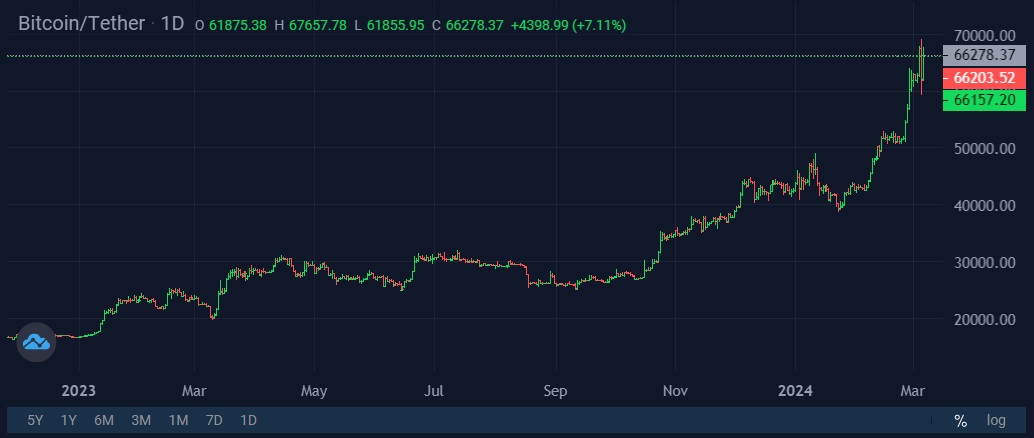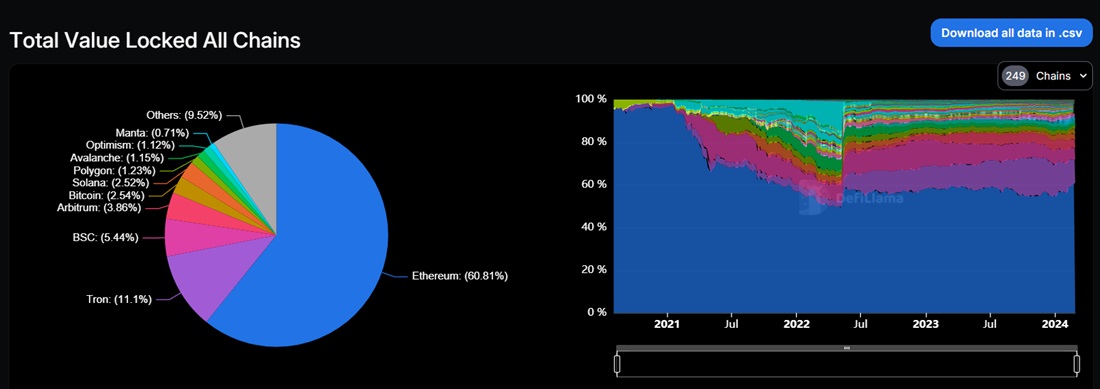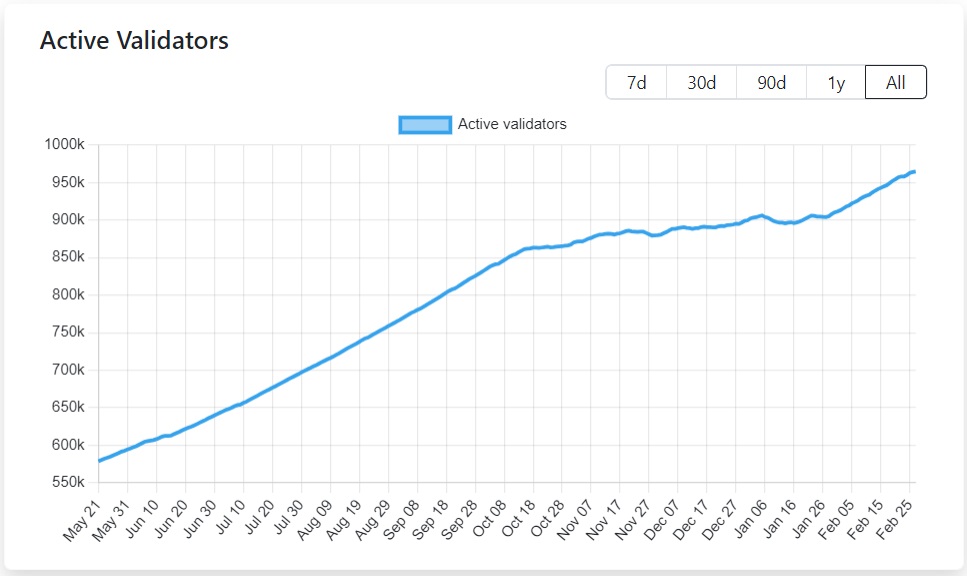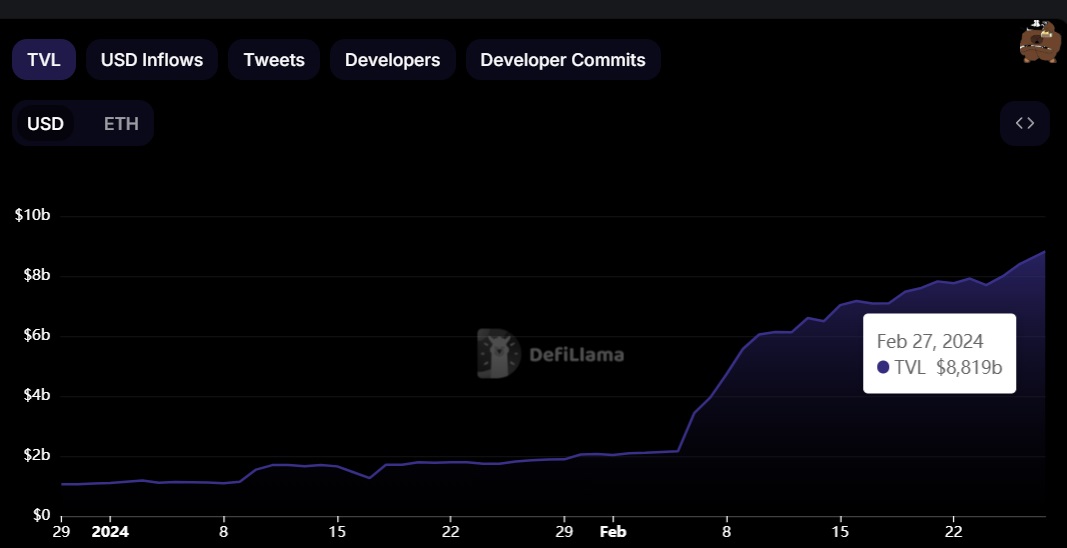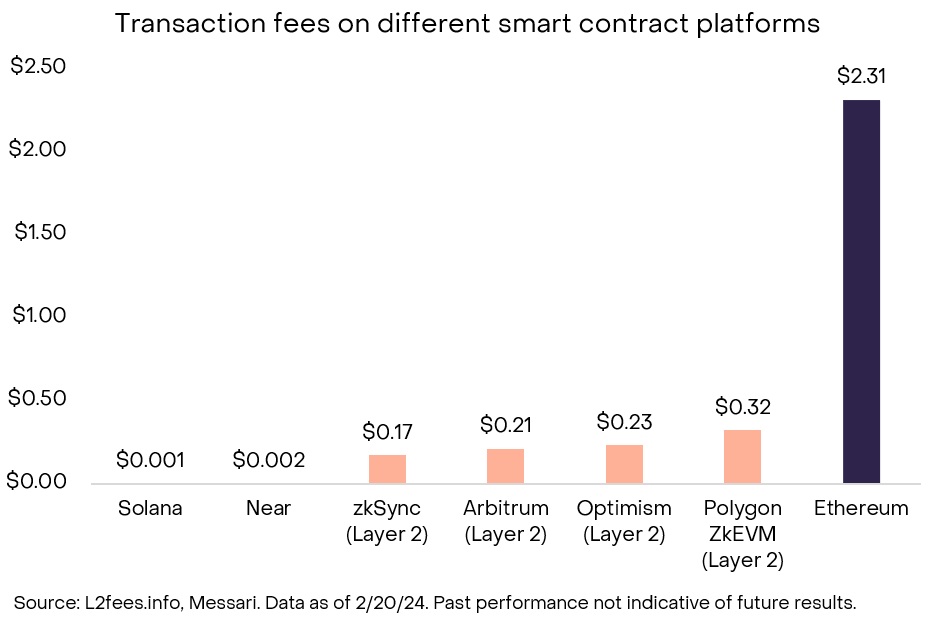1
Crypto-related Sites / Re: StormGain is a crypto trading platform for everyone.
« on: April 15, 2024, 01:20:38 PM »Why Bitcoin's fee is growing so much in April
The Ordinals protocol, which appeared in 2023 due to the numbering of satoshis, allowed digital objects such as NFTs (an analogue to ERC-721) and quasi-tokens (an analogue to ERC-20) to be transmitted over the Bitcoin network. The resulting boom in all sorts of meme coins died down a year after the protocol was introduced, and the fee for a simple transaction returned to the range of $0.50-$2.00.
Image source: bitinfocharts.com
The calm didn't last long. In April, meme coins experienced a new boom on the network. Over the past week, Bitcoin ordinals have taken the top two spots in the overall collections ranking, pushing back both Solana and Ethereum.
Image source: cryptoslam.io
Since the Bitcoin network doesn't boast high performance, the significant spike in the number of transactions has led to higher fees. Right now, you'll have to pay about $10 for a simple transfer.
Image source: mempool.space
But that's far from the limit. It's highly likely that minting and exchanging ordinals will continue to rise due to the approaching halving. Commission costs will peak on Halving Day (which is tentatively expected to occur on 19 April) as digital objects minted in the first block of the new era will gain collector value.
Image source: coinwarz.com
When it comes to the price of Bitcoin itself, the ordinal hype has no noticeable effect on it.
Image source: StormGain Cryptocurrency Exchange
The beneficiaries of the hype are miners, whose revenue grows significantly due to network utilisation.
Image source: hashrateindex.com
Yesterday, the share of transaction processing revenue soared to 28.5% of the block mining reward. In other words, in addition to 6.25 BTC for the block itself, some miners received 1.78 BTC for including transactions in it.
For crypto miners, ordinals can be a great help as they'll keep revenues relatively high post-halving.
StormGain Analytical Group (https://stormgain.com/)
(platform for trading, exchanging and storing cryptocurrency)



 Latest news:
Latest news: 





 Shop
Shop


